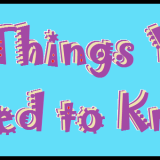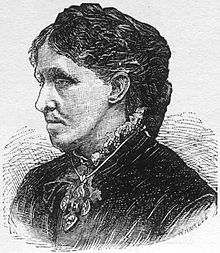What Your Critics Mean When They Say…
Being a part of an online community for young writers is amazing. It’s such an enlightening experience to watch young people begin to work their way through their art, and begin to learn how to view the art of others with a critical and constructive mind. It can be a drag, however, to watch young people give advice – with good intentions! – that doesn’t really help the writer they’re giving it to.
One of the best things I’ve learned since starting graduate school, that I so wish I understood when I was that young person just beginning to wade into the world of writing and constructive criticism, is what it actually means when someone tells you something is “bad” or “you can’t do that” or “this is wrong”.
What it all boils down to is mostly this: “the thing you are trying to do is not working for the story you are trying to write” with a sprinkling of “the thing you are trying to do is not how I would do the thing”. Disregarding the second (because, as we should have learned two weeks ago, we’re not going to give other writers this kind of advice anymore), the first one is actually massively helpful advice. Every story is different, and every story is going to require a different structure, a different tone, a different perspective that is specific to that story. Unfortunately, the words this advice tends to come don’t sound like this.
One of the favorite criticisms I see people give is “show don’t tell” which is all well and good. It’s just not very helpful, because when someone tells you “show don’t tell” what they really mean is “you are not telling well”. There are so many stories that consist mostly of narration (“telling”) that are excellent, successful stories that would not be as successful (or, even, the same story) were they to be told with more scene (“showing”). Telling is not wrong. Telling badly is wrong.
Another great one is “this story doesn’t really start until X” which is to say, “the action of your story starts here”. This advice is harder to pull apart, and is often a personal preference thing that many professional writers, even, have a hard time letting go. Starting as close to the action as possible is very sound advice, but it makes it sound like every story ought to start right up on the action. Some stories require a slow build to the action, with more narration coming in before the scene starts. This still follows the “as close to the action as possible” suggestion, because the story requires this distance up front to be successful.
These are only two common examples, but it’s safe to say that most content and structure (unless you’re a poet, perhaps, do listen to grammar critique. It will help you, I promise) related critiques come down to this. Writing has “rules”, and you should know them before you break them, but the rules – as they say – are made to be broken. And you can break them so long as you’re good at it. So the next time someone tells you that “you can’t do that” consider whether it’s actually not working for your story, or if it’s something you might just need to do a little better.










